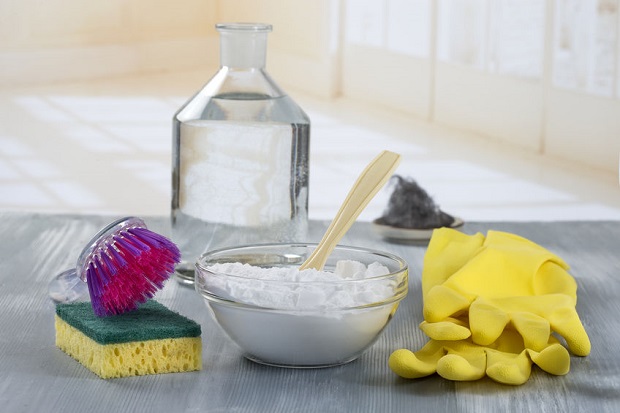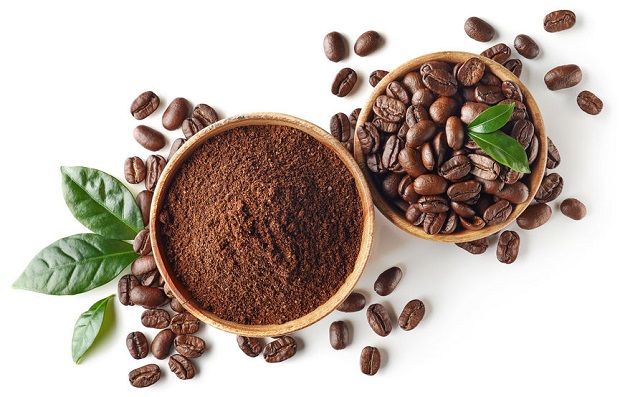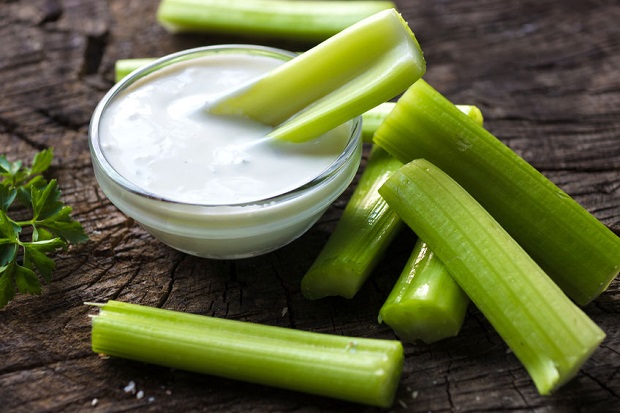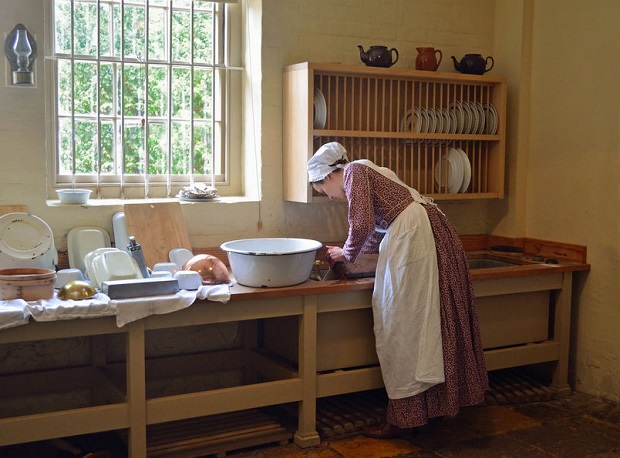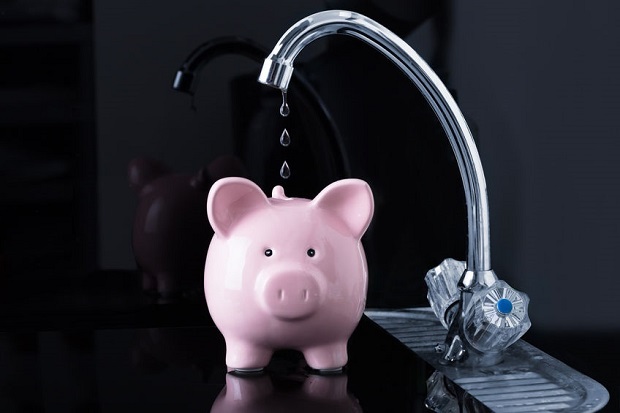
Did you know that setting the water temperature too high in your dishwasher could cause damage? Did you know that pre-rinsing wastes up to 20 gallons of water? Check out these solid tips to run your dishwasher most efficiently.
Before you even begin using your dishwasher, you should read the owner’s manual to become familiar with all the special features that come with newer models that will save water, energy, and money.
Correct Water Temperature for Dishwasher
Just right. To get the optimal cleaning power from your machine, the water temperature inside the unit should be 140°F. ((General Electric – Dishwasher Correct Water Temperature)) That doesn’t mean that you need to set the home’s water heater to that temperature. Most of today’s energy-efficient models come equipped with booster heaters that will raise the temperature of the incoming water. For example, many machines can heat water that is 120°F to 140°F. Check your owner’s manual to see how many degrees its booster heat raises the internal water temperature and set your water heater accordingly. ((EnergyStar – Residential ENERGY Smart Library – Dish Washing))
Too cold. Running cold water in a dishwasher creates several issues. First, cold water may not dissolve dish detergent. Cold water can also leave spots and film on your dishes. Hot water and detergent are necessary to kill microorganisms that may be lurking in your kitchen. ((Maytag – Getting the Best Results When Using a Maytag Dishwasher))
Too hot. Many people believe the hotter, the better when it comes to washing dishes. Hot water is indeed necessary to dissolve many detergents and kill pathogens, but water that is too hot can damage dishes. One instance is etched glassware. A chemical reaction occurs between the compounds in water, the polyphosphates in detergent, and the metal ions present in glass. The chemical reaction causes the metal ions to be pulled from glassware, causing etching and pitting. This process is accelerated by extreme heat. Another instance is protein denaturation. In this case, extremely hot water can actually bake proteins onto dishes causing permanent filming. This is often seen in milk glasses. ((General Electric – Etching on Glassware))
Hot Water Availability
It is important to check how quickly hot water is available to your dishwasher. If it takes a few gallons of water to run before getting hot water, your load is essentially running on cold. Run the sink faucet in the kitchen and measure how much water is expelled prior to getting hot water. If it’s a gallon or more, you should run your faucet to call hot water prior to running the dishwasher.
Dish Preparation
Pre-rinsing. Dishes need not be pre-rinsed before loading them in the dishwasher. Scraping is usually all that is necessary. Rinsing can waste 1.7-6 gallons of water per minute in addition to the energy required to heat that water. Most newer dishwashers tested do just fine without rinsing first. ((Consumer Reports – Don’t Bother Pre-Rinsing Your Dishes Before Putting Them in the Dishwasher))
Proper Loading
Dish Placement. When loading, make sure that each dish has access to the washing sprayers and that nothing large is blocking the stream of water from reaching other dishes or the movement of water.
Silverware. Silverware should be loaded in a staggered manner, one up, one down. This will prevent spoons and forks from nesting. Sharp knives should always be loaded face-down to avoid injury.
Detergent
The amount of detergent you need depends on the dishes’ soil level, the type of detergent used, and the hardness of your water. Soft water requires less detergent, while hard water requires more. Using too much detergent with soft water can etch your glasses. ((Maytag – Owner’s Manual))
For example, according to Maytag, those with soft water and normal soil conditions should be safe using eight teaspoons of detergent, 6 for the main wash and 2 for the prewash. Those with hard water and normal soil conditions would require 16 teaspoons of detergent, 9 for the main wash and 7 for the prewash. ((Maytag – Owner’s Manual))
If you have hard water, the phosphorous level of your dishwasher detergent is also a factor. You will need more detergent in hard water if the phosphorous level is below 8.7%. ((Maytag – Owner’s Manual))
Choosing Dishwasher Settings
It is important to choose the right dishwasher setting for optimal cleaning as well as to save energy and money. For example, lightly soiled dishes do not need to be run on the sanitized or heavy wash setting.
